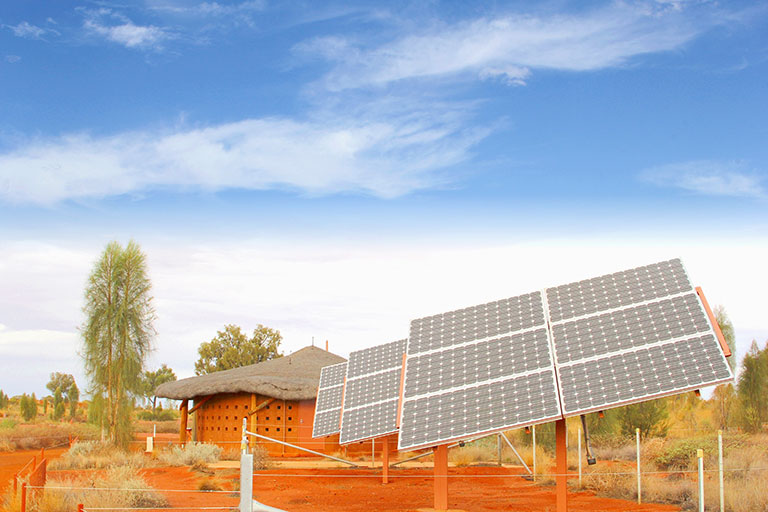Expanding electricity access across sub-Saharan Africa is a mammoth engineering task that requires significant investment and a rethinking of what energy access means.
Viewed from near-earth orbit at night, the glittering hallmarks of industrialisation are visible across large swathes of the planet’s surface. Almost everywhere the night sky is illuminated with steel-built lighting systems, marking the reach of technology and urbanisation.
However, several ‘dark zones’ remain, with sub-Saharan Africa representing a majority of the global population currently lacking access to power. Around 600 million people are without grid electricity here and the expansion of energy infrastructure is lagging behind other regions.
Reliant in places on localised, generator-based power that costs between three- and six-times what grid consumers pay, the impacts of this patchwork energy provision are far-reaching and fundamental.
Sub-Saharan Africa has a rapidly growing and urbanising population, but lack of access to electricity affects anything from education, with children being unable to read after the sun has gone down, to populations being unable to access life-saving vaccines due to lack of adequate refrigeration.
Confronting energy poverty is crucial to meeting the UN’s sustainable development goals (SDGs) and that means expanding and diversifying electricity infrastructure and generation across the sub-Saharan region.
 Off-grid renewable power generation, called Utility 3.0, could represent a new model for global power generation
Off-grid renewable power generation, called Utility 3.0, could represent a new model for global power generation
The power to change
Currently, the 48 countries that make up sub-Saharan Africa generate the same amount of power as Spain, despite having a combined population of 800 million. However, across the continent ambitious infrastructure projects are underway to tackle this issue.
The West African Power Pool (WAPP) is expanding grid access across the region and establishing a common electricity distribution system among member countries. In the east, the Grand Ethiopian Renaissance Dam will add 6.45GW to the country’s national grid.
Farther south, Angola is currently building seven large solar farms which will use a million solar panels to generate 370MW of power which will reach large cities and rural communities alike.
Projects of this nature require large-scale investment and access to materials and the region’s need for steel is only set to grow as infrastructure expands. This is as true for traditional energy generation, such as natural gas, as it is for renewable sources.
For the swiftly urbanising populations these massive projects represent game changers that will expand safe affordable access to electricity, but, for more remote locations, off-grid solutions are needed. Here’s where small-scale renewable power can play a significant role.
Technological alternatives to grid-based power have been steadily lowering in cost, with solar-powered lighting and improved batteries and highly efficient LED lights also helping expand access.
Small-scale steel-built solar farms that can provide power for entire communities are also viable in a region which spans the so-called solar belt which spans the planet’s equator. This bottom-up approach to energy generation, referred to as Utility 3.0, represents an alternative and complementary system to traditional public utility models and may represent the future of the global energy transition.
Whether it’s region-spanning mega-projects or small-scale localised energy generation, steel-built technologies are going to play a vital role in transforming energy access in sub-Saharan Africa. This is crucial for tackling energy poverty, meeting the SDGs and transitioning to a more sustainable economic model.
Images: Shutterstock